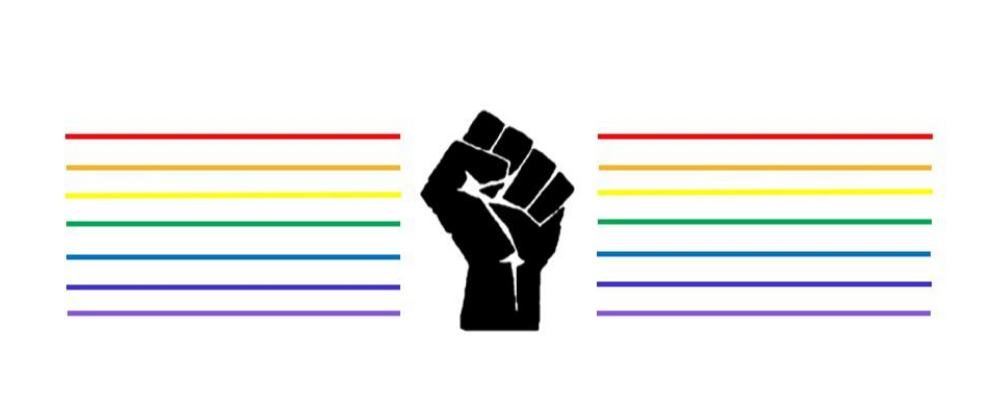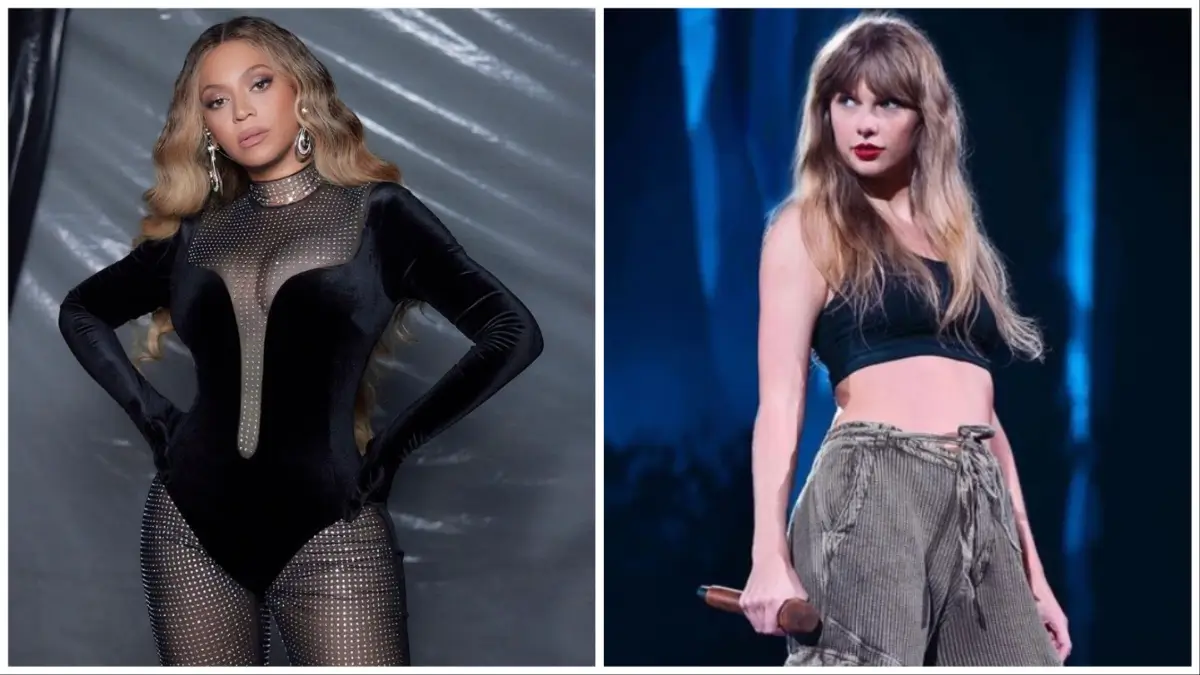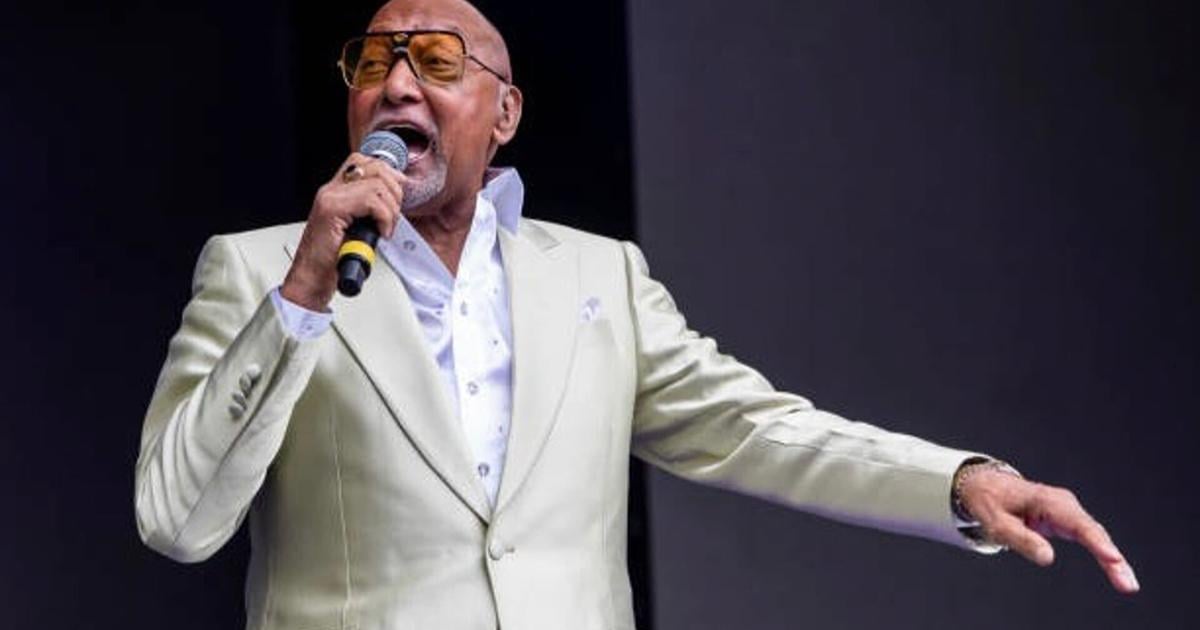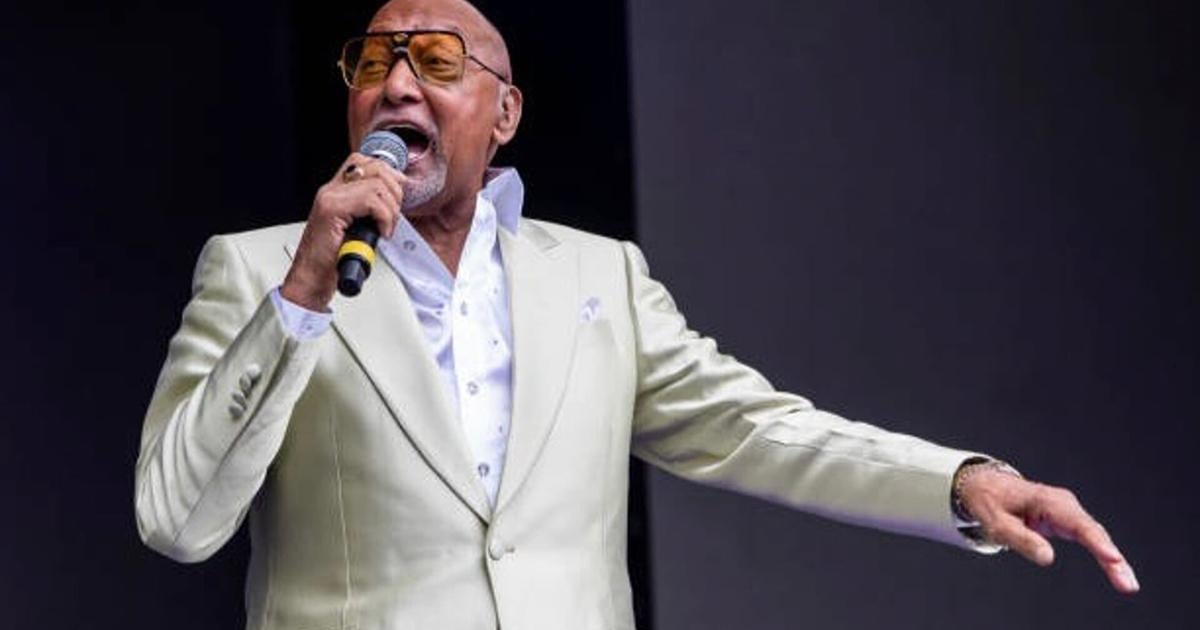By Don Kilhefner | Los Angeles is the only city in the world with two major LGBTQ Pride celebrations, largely within walking distance of each other. The two adjacent events serve as a stark reminder of the class and race divides in the L.A. LGBTQ community and the struggle between the elite capture of Pride by West Hollywood and a semblance of grassroots and community-based organizing by Los Angeles Pride, recently clawed back from WeHo.
On Sunday, June 2, the City of West Hollywood holds its Pride parade along with a week-long festival. One week later, on Sunday, June 9, Los Angeles Pride, about a half mile away from where the WeHo Pride parade started the week before, LGBTQ people and their allies will march down Hollywood Blvd., site of the first Pride march in June 1970, then called Christopher Street West—Gay Freedom Day—named after the street in Greenwich Village in New York City where the Stonewall Inn was located.
In case you haven’t been paying attention, therein lies an important tale of two cities with vastly different community Pride narratives representing two different political/economic agendas.
I helped to organize the first two Pride celebrations in Hollywood and have closely observed and written about the evolution of those events during the past half century. The foundational truth about Pride celebrations across the U.S. in the month of June is that those celebrations commemorate the June 28, 1969, Stonewall Rebellion, the spark that ignited the fire that became the Gay Liberation movement, commencing LGBTQ people’s long march toward freedom. That foundational truth about Pride has been buried today under the superficial gloss of a gigantic, hedonistic party, tons of glitter, and relentlessly making money, and the roots of Pride have been danced over mindlessly and recklessly.
Recently, as I was checking out at my neighborhood Trader Joe’s in Hollywood, I asked the 20-something gay man who was my cashier how he felt
about having two Pride celebrations in nearly identical locations. He replied earnestly that it truly baffled him why there were two instead of one united event. He was excited when I promised him a copy of this article the next time I saw him.
L.A. Pride: The Macro Historical View
Early in April 1970, Morty Manford reached out to the Los Angeles Gay Liberation Front by telephone as a representative of the New York City GLF requesting that nascent Gay Liberation groups across the country organize some kind of event to commemorate the first anniversary of the Stonewall Rebellion on Sunday, June 28, 1970—a few months away. New York GLF was planning a march. Morris Kight proposed to the Sunday afternoon GLF meeting that such an event be planned, it was adopted unanimously, and Kight would take the leadership on that GLF involvement.
Rev. Troy Perry of the Metropolitan Community Church and Kight became central to making the first Pride event in L.A. a reality. At first, a sidewalk protest along Hollywood Blvd. was envisioned and then grew in scope to an audacious march on Hollywood Blvd. itself. The L.A. City Police Commission, after a furious anti-gay tirade by Police Chief Ed Davis, refused a permit to use the street for such a scurrilous event. The ACLU went into court, forcing the LAPD to issue a permit, which ended up spitefully as permission for the use of only one lane on Hollywood Blvd. On June 27, the Saturday before the Sunday event, the Los Angeles Times, then a publication with over 1 million subscribers, ran an article about the ACLU victory, providing all the publicity needed to make the march a success.
That first L.A. Pride march started out from McCadden Place in one lane on Hollywood Blvd., and when spectators later seized the entire boulevard, LGBTQ people proudly and enthusiastically marched forward in an event that had never ever been seen before in L.A and into the history books. Estimates of attendance ranged between 20,000 and 35,000, clearly on the high side; the LAPD officially reported 2,000, definitely on the low side. The rest is history.
Handwritten draft of 1972 L.A. Pride flyer found in FBI files on its surveillance of L.A. GLF.
Subsequently, the Stonewall commemorative event in L.A. was organized by the all-volunteer, not-for-profit, grassroots, community-based Christopher Street West Committee. As such, the CSW committee had the usual periodic ego performers, episodic dramas, political correctness debates, and financial woes. But woebegone, every year, somehow, the event occurred and grew in size and solidarity. The Gay Liberation organizing was working.
For eight years (1970-1978), Pride occurred on Hollywood Blvd with not much distinction made between participants and spectators—people just spontaneously joined in off the sidewalks. More conventional gay people were shocked in 1970 with GLF’s paper mache replica of a Vaseline jar, the most popular sexual lubricant at the time, with a big sign in front of it repeating a popular Kentucky Fried Chicken commercial at the time, “Ain’t nothing good without the grease,” and 1971’s Cockapillar, similar to a dancing Chinese New Year’s Dragon, with the dragon head replaced by the head of a penis with seductive lips and eye lashes, expanding and contracting, to the crowd’s delight. Since the first two celebrations, the Respectability Police of CSW made sure nothing too radical (or too gay) ever entered again.
1970 First Pride: Vaseline jar with KFC and GLF saying, “Ain’t nothing good without the grease.”
In 1974, a festival was added to the Sunday march, making Pride a weekend affair.
Then, in 1979, CSW took the blue pill and moved the Stonewall celebration to Santa Monica Blvd. in West Hollywood. It was a controversial decision dividing the CSW committee, but a majority vote won out. The winning argument was that WeHo was more gay friendly, even though Hollywood Blvd. had always been gay friendly as well. The real reason was financial. Then, WeHo was an unincorporated part of Los Angeles County, within Supervisor Ed Edelman’s district, and Edelman was extremely gay friendly, providing more County financial support for expensive ancillary services like police, traffic control, safety, and clean-up. In 1984, the independent City of West Hollywood was incorporated and took over support when the County’s ended.
This transition from Hollywood to West Hollywood was critically important, particularly for the heart and soul of the Stonewall commemoration. WeHo, with about 30,000 residents in the late 1970s and 1.9 square miles in size, was very affluent, with few buildings then taller than two stories, and having a small-town feel. It was definitely a whites-only residential town with white supremacy proclivities, resulting in GLF and others demonstrating during the 1970s against the white racism and sexism of its gay clubs and bath houses. WeHo has usually addressed race and class issues with tokenism and window dressing. The white power structure remains intact.
Today, the city of West Hollywood, its developers, corporate businesses, and caterers of luxury products are extremely wealthy with beautifully designed, seven-story hotels, spacious office buildings, and expensive residential towers everywhere, a largely white, wealthy, entitled enclave surrounded by the city of Los Angeles, which is majority people of color, affordable housing deprived, and a working poor, cheap labor pool for WeHo and Westside homes and businesses.
Since 1979, the character and development of CSW’s L.A. Pride in West Hollywood has largely paralleled the economic development of WeHo—follow the money. Gradually, sometimes imperceptibly, the grassroots CSW L.A. Pride celebration occurring in WeHo evolved into a CSW and WeHo event, and then the designation “L.A.” slowly disappeared into the mists and it became WeHo Pride with the names “CSW” and “Los Angeles Pride” largely invisible. The CSW Committee and L.A. Pride were no longer the shot callers.
1971: Poster for second L.A. Pride printed by Peace Press, a radical anti-Vietnam War printer, because other printers refused to print it.
Today, WeHo Pride is controlled by the City of West Hollywood and the West Hollywood Chamber of Commerce and is organized by a well-paid event planner with no community involvement whatsoever, not a single blade of grassroots to be found anywhere. The City of West Hollywood advertises WeHo Pride worldwide as an LGBTQ destination of importance in order to fill its luxury hotels and high-end restaurants, clubs, dance halls, and bars. In 2017, a research study indicated that Pride weekend in WeHo generated about $5 million for businesses and the city there. In 2024, it will probably be double that figure.
In June 2019, when Pride events across the U.S. were celebrating the 50th anniversary of the Stonewall Rebellion and the beginning of the Gay Liberation movement, WeHo Pride made no mention of Stonewall, as if the event had never happened. When I confronted the Executive Director of Pride about its advertising not mentioning a word about the 50th anniversary of Stonewall, she condescendingly replied that one of the revenue concessions at the Pride festival, a beer tent, would be called “Stonewall” and I could sit in it and talk about Stonewall if I wished.
L.A. Pride: The Micro Historical View
As Pride in Los Angeles entered the 21st century more LGBTQ people criticized and were dissatisfied with WeHo Pride, feeling like it really didn’t represent them or look like the LGBTQ community in Los Angeles. Attendance was slowly decreasing each year. The event had become apolitical and turned into a largely commercial hospitality and entertainment event. The city of West Hollywood, rolling in cash, paid little attention to community feedback and did exactly what it wanted to do because it could. Then two seismic Pride revolts shook and shook up the celebration.
In 2017, after the election of Donald Trump, an LGBTQ community uprising took over Pride, with CSW’s cooperation—whites and people of color working together politically—and returned the event to its historic origins on Hollywood Blvd. It was renamed an LGBTQ Resist March, not a Pride Parade. One of its hashtags was #Own Your Pride. The march ended with a political rally in West Hollywood whose speakers included Rep. Maxine Waters, Rep. Adam Schiff, and Rep. Nancy Pelosi. The celebration looked like L.A. for a change. In 2018, Pride reverted to the same old same old.
The second seismic jolt with Pride resulted in the aftermath of the May 25, 2022, murder of George Floyd by Minneapolis police when the U.S. erupted in outrage with Black Lives Matter as a catalyst. When West Hollywood announced a march about Floyd’s murder co-sponsored with BLM without a consult or the consent of BLM—Whites telling Blacks what to do—then the shit hit the fan, as they say. Outrage prevailed. People of color and their allies exerted CSW control and quickly and radically separated Los Angeles Pride from WeHo Pride.
In June 2022, Los Angeles Pride returned its original home on Hollywood Blvd. and has marched there ever since, adding an entertainment event called Pride in the Park located in the Los Angeles State Historic Park in downtown L.A., adjacent to Chinatown. This year Ricky Martin, a gay man, will be the headliner.
A Proposal for LGBTQ Pride Unity in Los Angeles
The old radical call out is historically true: “A people united will never be defeated.” No one talks about it publicly; however, right now there is fragmentation, disunity, and political apathy in the LGBTQ community in L.A. and elsewhere, with political performance art reduced to mere show biz entertainment.
An LGBTQ movement has largely disappeared as assimilation rules. The extreme Right is skillfully organized and coordinated, even Supreme Court judges openly opining about it, toward rescinding every civil right LGBTQ people have struggled to achieve since Stonewall. Disunity is something LGBTQ people simply cannot indulge right now, including the bifurcation of one of the central political and spiritual organizing ceremonies unifying the LGBTQ tribal (“tribal” used positively) community—Los Angeles Pride.
As a Gay Tribal Elder, I respectfully make the following constructive suggestions to the L.A. LGBTQ community. My sole intention is the united forward movement of Pride and the welfare of LGBTQ people in Los Angeles.
[1.] That there will be one Sunday afternoon Pride celebration in Los Angeles
on Hollywood Blvd. that will be the centerpiece of Pride weekend, that
would integrate WeHo Pride into the event, that would be called a march,
and that a serious political message would be included.
[2.] That the Saturday before the Sunday Los Angeles Pride march be turned
over to West Hollywood to do what WeHo does best.
[3.] That the Los Angeles Pride march convene at 10 a.m., march at noon, and
end up in WeHo with a community Pride celebration with all the
multitudinous ways LGBTQ people know how to have a good time.
It’s all achievable if the best interests and wellbeing of LGBTQ people, united, becomes the central organizing principle of community Pride and homeless Stonewall is welcomed back into the circle of community.
Will the circle be unbroken?
******************************************************************************************
Don Kilhefner, Ph.D., is a pioneer Gay Liberationist and for 55 continuous years a gay community organizer in Los Angeles and nationally.





